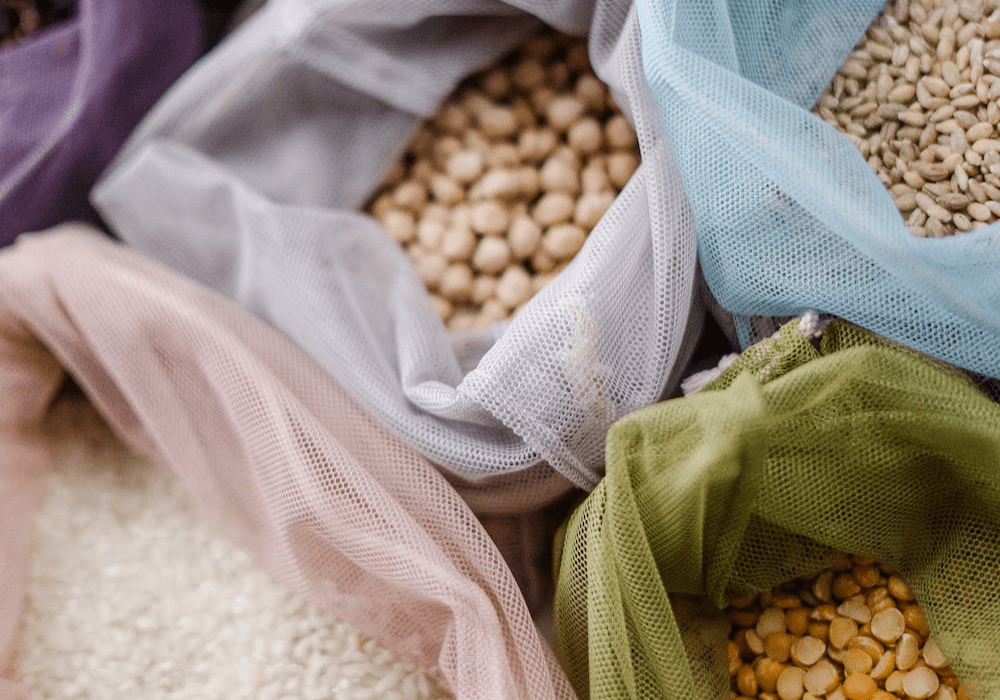
Pakistan is suffering from a major food shortage triggered by last summer’s devastating floods and pre-existing economic issues. The developing crisis has hit citizens of low socioeconomic status the hardest. Cities such as Mirpur Khas have seen residents lining up for hours to buy wheat flour. In one instance, several people were injured as a crowd of people jostled to buy flour, reports Time Magazine.
According to government officials, 80% of Pakistan’s crops were damaged by floods. Food prices were already inflated before the flood season, which resulted in an estimated 30% decrease in purchasing power for blue collar workers in the country. In addition, there is only $4.3 billion in Pakistan’s foreign exchange reserve, so imports such as food and medicine are being held at ports to save money. As a result, the Ministry of National Health Services, Regulations and Coordination warned there may soon be a shortage of life saving drugs.
At the International Conference on Climate Resilient hosted by Pakistan in January 2023, several countries, such as China and France, pledged over $10 billion in loans to help Pakistan recover from the floods. It is currently unclear when the money will arrive. Pakistan is also waiting on $1.1 billion in funds from the IMF since September 2022, as it is conditional on several items, such as increased energy prices and taxes, which have not been met.
by Leanne Auyeung
